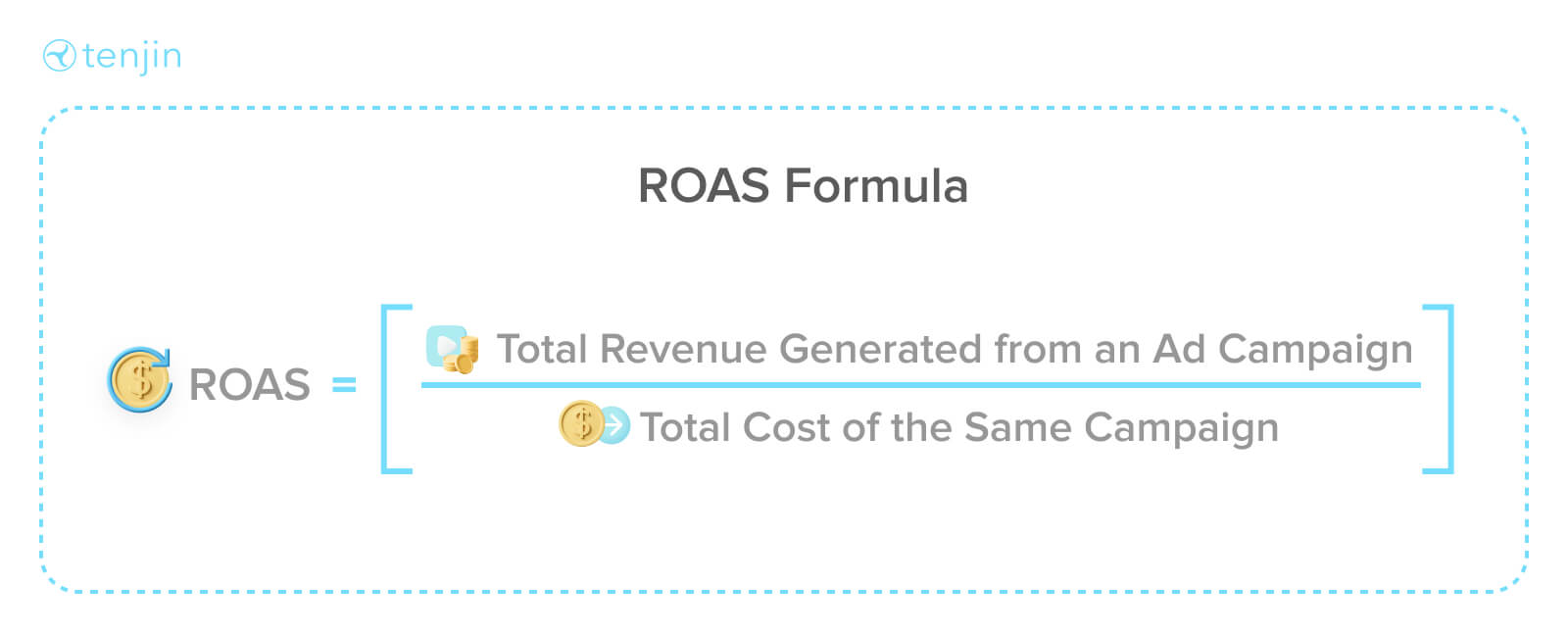- 10 Jan 2025
- 1 Minute to read
- Print
- DarkLight
What is ROAS for mobile apps?
- Updated on 10 Jan 2025
- 1 Minute to read
- Print
- DarkLight
ROAS measures the efficiency of a marketing campaign by comparing the total revenue generated from an ad campaign to the total cost of that same campaign. It is calculated by dividing the total revenue generated from an ad campaign by the total cost of the same campaign.
Why is ROAS Important?
ROAS is important because it measures the efficiency of an advertising campaign. By tracking ROAS, marketers can determine which campaigns are producing the best results and where to focus their efforts. Additionally, ROAS can be used to compare the performance of different campaigns, find out which channels are the most profitable, and see which campaigns need to be optimized.
How to calculate ROAS?
ROAS is calculated by dividing the total revenue generated from an ad campaign by the total cost of the same campaign. For example, if your ad campaign generated $500 in revenue and the total cost of the campaign was $100, then your ROAS would be 5 ($500/$100 = 5).
How is ROAS calculated in Tenjin?
Average N-Day ROAS Percentage (%) is the amount of cumulative total revenue N days after install divided by spend in Tenjin. More specifically:

What ROAS metrics are included in the Tenjin dashboard?
You can find the full list of ROAS metrics in the Tenjin dashboard, and their description here.
What is a Good ROAS?
The answer to this question depends on the type of business and the goals of the campaign. Generally speaking, a good ROAS is one that is higher than the average ROAS of the industry, but the exact number will vary depending on the individual business and campaign.
How to Improve ROAS?
Improving ROAS requires optimizing all aspects of the ad campaign, from the targeting to the ads themselves. Marketers should start by segmenting their audience, targeting the most profitable segments, and creating different ads for each segment. Additionally, marketers should be testing different variations of their ads to determine which ones are performing the best. Finally, marketers should monitor their campaigns regularly and make changes as needed to ensure they are reaching their desired ROAS.
What is the difference between Tenjin Ad Mediation ROAS and Tenjin Session based ROAS?
You can learn in detail about this difference from here
 (1).png)




